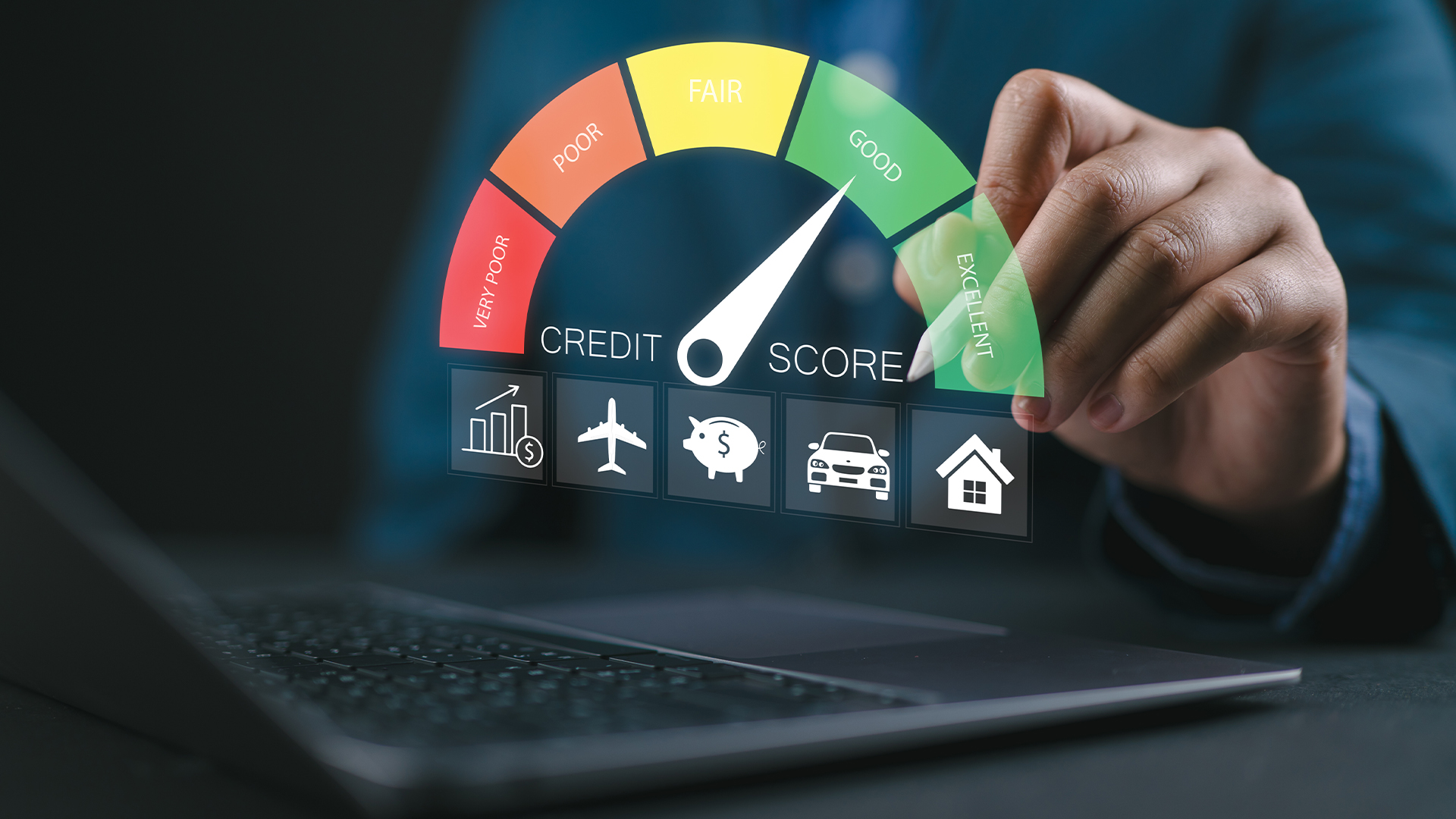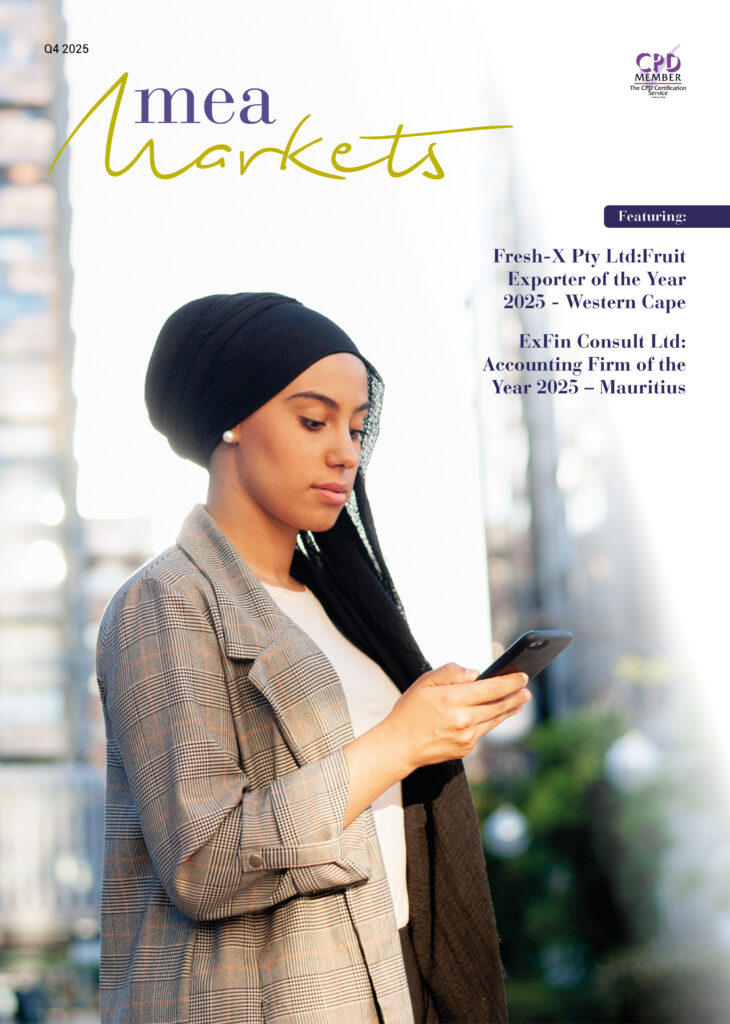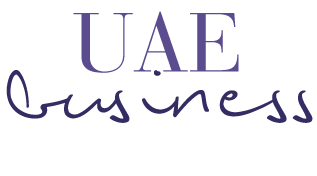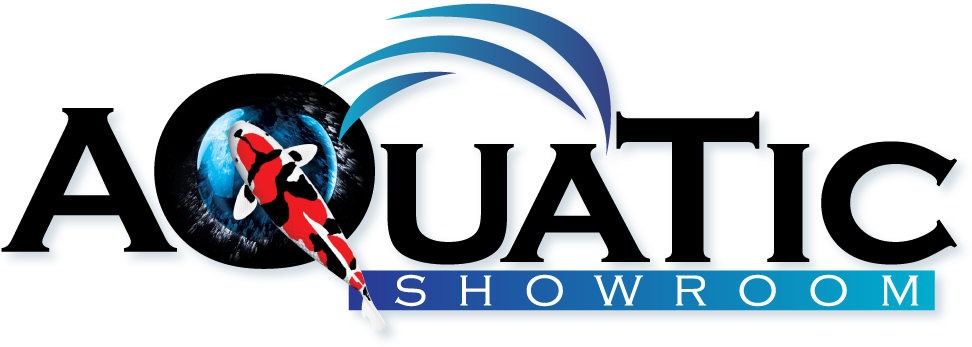
By The East African
The credit rating decisions made by a few dominant agencies in closed-door committees
For governments, a credit rating is more than a financial signal. It is a verdict that can influence the cost of borrowing, access to markets and, ultimately, the ability to provide for their citizens.
Rating decisions are made behind closed doors in a private process that isn’t open to assessment or scrutiny.
For African countries, this opacity can be especially damaging. When rating decisions lack transparency, it’s impossible to challenge potential biases or inconsistencies in methodology that put developing economies at a disadvantage. The result is higher borrowing costs that drain resources from healthcare, education and infrastructure investment.
Africa’s new credit rating agency has the chance to change this. The African Credit Rating Agency is an initiative under development by the African Union and its partners.
It is more than a new entrant; it is an attempt to rethink how financial authority is earned, exercised and scrutinised. The new agency plans to introduce transparent governance structures that could revolutionise rating methodology.
As a researcher who has looked closely at the working of rating agencies, I believe this opportunity to bring transparency to financial governance isn’t just about better ratings. It’s a step towards economic sovereignty.
Success for the African Credit Rating Agency shouldn’t be measured by whether it displaces the “big three” rating agencies (Standard & Poor’s, Moody’s and Fitch).
The real question isn’t whether an African agency can compete, but rather whether it can show the world how to rate credit differently.
A flawed processThe three big agencies do publish their methodologies – their criteria and risk models. This creates an illusion of transparency. Yet the final judgments emerge from committee meetings that produce no public record, no accountability, and no right of meaningful appeal.
These rating committees typically comprise five to 10 analysts who meet in closed sessions to make each sovereign rating decision. S&P, Moody’s and Fitch each operate internal rating committees for every sovereign rating decision.
The deliberations, dissenting views, and specific reasoning behind final votes remain confidential. Only a brief summary is provided with a rating decision.
Research has shown that credit rating agencies are more accurate at assessing the creditworthiness of advanced economies than developing economies.
There have also been studies on the discrepancy between what is expected when the public methodologies are applied and what the agencies actually rate.
These studies have been done for economies like Hong Kong and China, but no equivalent research has yet been undertaken for African sovereigns.
This discrepancy exposes an accountability void. When methodology-based predictions miss the mark, we must question what happens in those committee rooms. Especially when African nations are being assessed by analysts stationed continents away, with limited understanding of local economic and political realities.
The African Credit Rating Agency could make three changes to the way ratings are done:through public deliberationsby forming hybrid committeeswith technological intervention.
First, it could release committee transcripts within 30 days of each decision. This would give markets and governments unprecedented insight into rating rationales. This isn’t radical – central banks already publish meeting minutes, and courts publish opinions with dissenting views.
Second, it could pioneer panels that include not only rating analysts, but regional economists, sectoral specialists, and even civil society observers. All with recorded votes. This diversified expertise would disrupt “group think” while capturing nuances of African economies that traditional agencies overlook.
I have examined this idea from the perspective of injecting climate and sustainability-related expertise into credit rating committees. I believe this is a crucial step to take to evolve the concept of the credit rating committee.
Why the big three keep it closedThe industry thrives on privacy – protecting proprietary methodologies and shielding decisions from external challenge. And the natural oligopoly (a market dominated by a few large players due to high entry barriers, reinforced by market preference for predictability) helps it stay that way.
The sovereign credit ratings of the three big agencies are built on quantitative and qualitative factors. But research shows that sovereign ratings are subjected to qualitative understandings. This puts developing economies at a disadvantage when agencies demonstrate pro-western biases because they lack data or knowledge.
The impact of a credit rating downgrade for a sovereign borrower is usually multifaceted. Research shows that a single-notch downgrade can raise borrowing costs by more than 100 basis points, equivalent to an extra US$100 million annually on a US$10 billion bond.
Investors prefer fewer, stronger signals rather than many competing views. So, there’s little incentive for established players to change. The African Credit Rating Agency, as a new entrant, can offer something the incumbents won’t: governance innovation that serves both markets and nations.
Radical openness will shake markets, at least at first. Committee members might face political pressure. Transparency alone doesn’t guarantee fair outcomes.
But the world already demands transparency from central banks and constitutional courts. Why accept anything less from institutions that shape sovereign destiny?Next stepsBy 2050, one in four people on Earth will be African. The financial architecture serving them must evolve towards systems that recognise the continent’s unique strengths.
Opening the rating committee to view represents more than technical reform – it’s about shifting who holds power in global finance. If it does this, the African agency won’t just deliver better ratings; it will model how global finance can be governed more justly.























